Reviewing the sample: 3 principles
With your prototype finally in hand, it’s time to start evaluating your sample so you can move forward with creating an amazing end product. When reviewing your prototype, there are three main elements you should be focused on providing feedback for.
- Design:
A garment or accessory design is the overall creative vision for the piece. This includes the silhouette, proportions, fabrics, and details. A well-designed garment should reflect the original vision as closely as possible. To guarantee that the design is effectively performed, designers often create a sample garment or accessory.
This sample assesses the piece’s fit, proportions, and aesthetics. If the sample does not accurately represent the original design, it may need to be updated before it can be mass-produced. Designers may guarantee that their vision is correctly reflected in the result by paying special attention to the design of their outfits.
- Fit / Function:
The ‘fit and function of a garment or accessory is how well it performs the task it was designed for and how comfortable it is to wear. A good ‘fit and function’ means that the garment or accessory will be comfortable to wear while also staying in place and performing its intended function.
For example, a pair of shoes that are too loose will not stay on your feet, while a pair of shoes that are too tight will be uncomfortable to wear. Likewise, a hat that is too large will not stay on your head, and a scarf that is too small will not keep you warm. To achieve the greatest fit and function, buy clothing and accessories that are suitable size and form for your body.
- Construction
The construction of a garment or accessory can play an important role in its overall design and function. For example, a simple t-shirt can be more interesting by adding decorative stitching or unusual seams.
Similarly, a bag or purse may be designed with multiple compartments and pockets to help keep contents organized.
In addition, the construction of a garment can affect its fit and comfort. Garments that are poorly constructed may bunch or sag, while those that are too tightly constructed may be uncomfortable to wear. By paying attention to construction details, designers can create garments and accessories that are both stylish and functional.
Following these five steps, you can easily review your sample and provide useful feedback to your factory.
To review your sample, you will need:
· Prototype Sample
· Tech Pack
· Hard Edge Ruler
· Tape Measure
· Pen / Pencil
· Highlighter
Here’s how to review your prototype in 7 steps:
Check your email or the package itself for a note from your factory:
Before you begin your review of the prototype, it’s important to check for any notes or instructions that may have come with it from the factory. These could be included in the shipment itself or an accompanying email.
Often, the factory will provide a measurement sheet detailing any differences between the prototype and your original specifications. This can help identify potential issues, but it’s still important to conduct your review to catch anything that might have been missed.
Pay close attention to construction details and measurements to ensure everything is as it should be. Taking these precautions ensures that your prototype meets your expectations before moving on to mass production.
Note:
Contact the factory as soon as possible if you have any questions or reservations regarding the prototype.
Compare the prototype to your flat sketches:
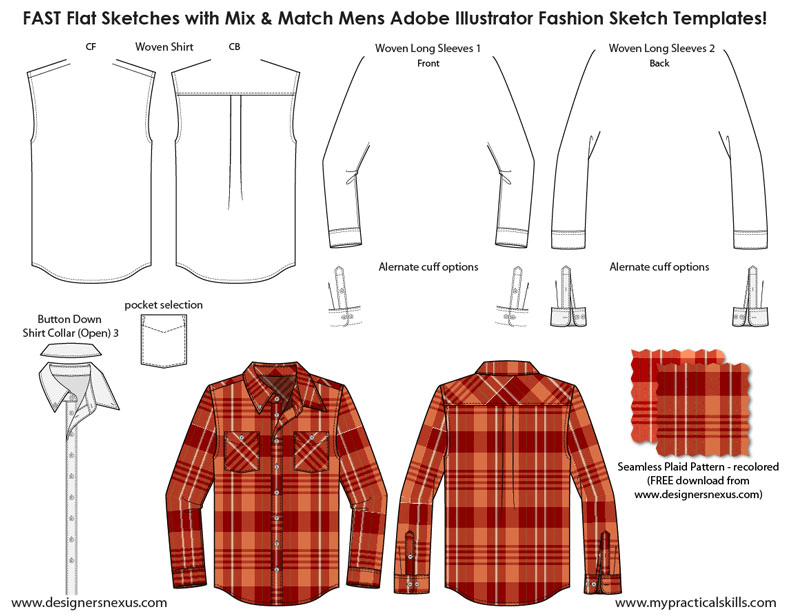
If you began your design with a tech pack that included technical flat sketches, locate the corresponding sketch for each element in your prototype.
- First, check that all the details from your sketch are accounted for in the sample. This includes things like buttons, zippers, and other trims. If any of these details are missing, note them so you can have them in the final design.
- Next, measure key points on the sketch, such as the shoulder width, bust, waist, and hip. Then compare these measurements to the corresponding areas on the prototype. If there are any discrepancies, note them so you can adjust the pattern accordingly.
- Last, take a look at the overall silhouette of the garment. Is it what you expected? Does it look proportional? If not, some adjustments may need to be made to the pattern.
Once you have compared the prototype to your sketches, you should know what needs to be changed in the final design. Make the required changes to the pattern to reflect your idea for the garment using this information.
Check the prototype for quality:
Review the proto for construction quality. This can include things like checking for loose threads or flimsy button sew-on.
Don’t forget to check the interior of the garment as well!
Check the below details:
- Seams and hem
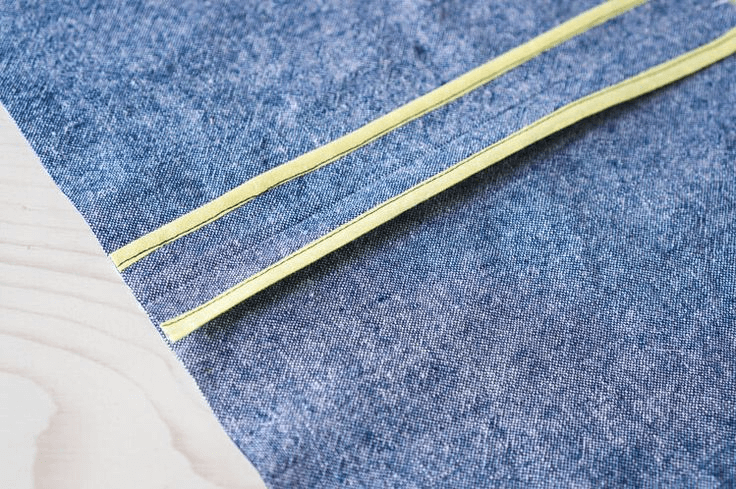
Seams should be straight with no loose threads, and hems should be even and free of fraying.
- Buttons and zippers:
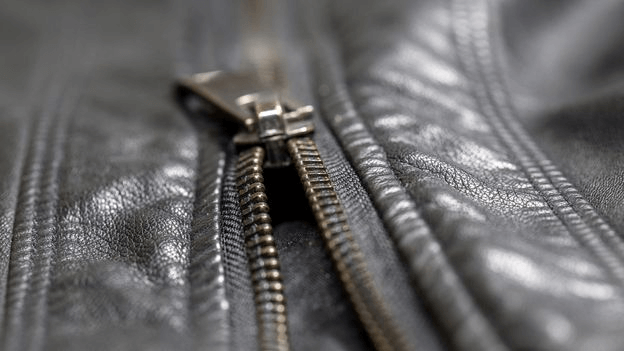
Check that all buttons and zippers are properly fastened. If not, make a note of it so it may be strengthened before mass production.
- Trims:
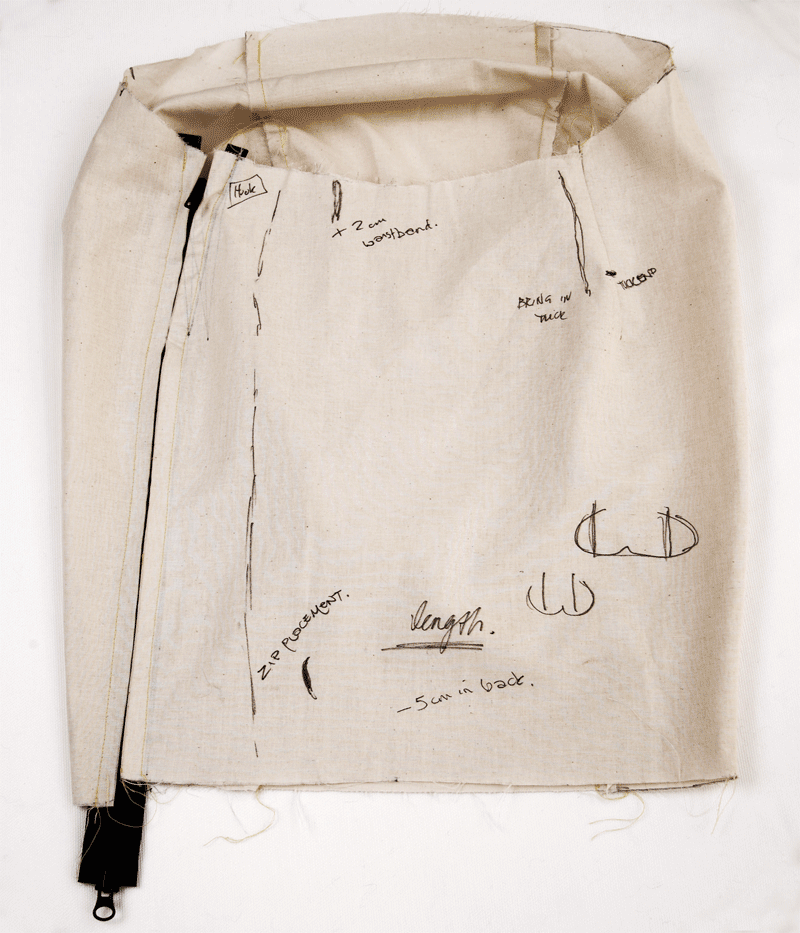
If the garment includes any trims such as appliques or sequins, ensure that they are securely attached and free of defects.
- Prints & embellishments
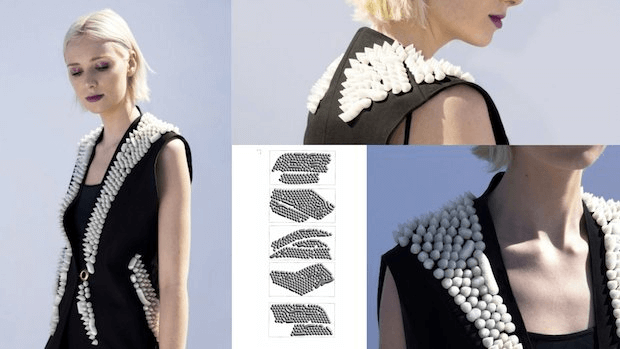
Check that all prints and embellishments are centered and symmetrical. If they are not, make a note so they can be adjusted before mass production.
- Tension
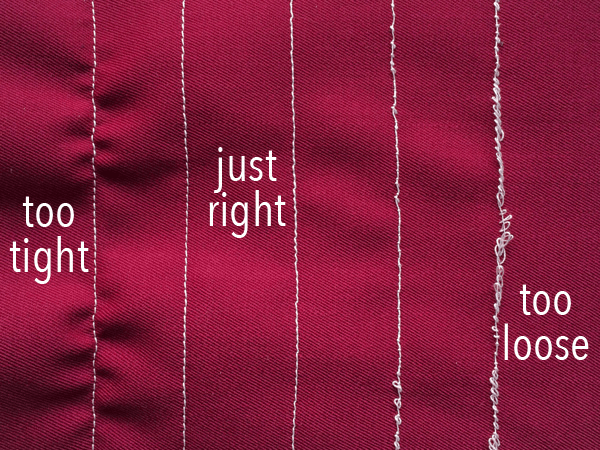
Check the tension of the fabric by pulling it in different directions. The fabric should have good stretch and recovery and should not distort when pulled.
- Shrinkage
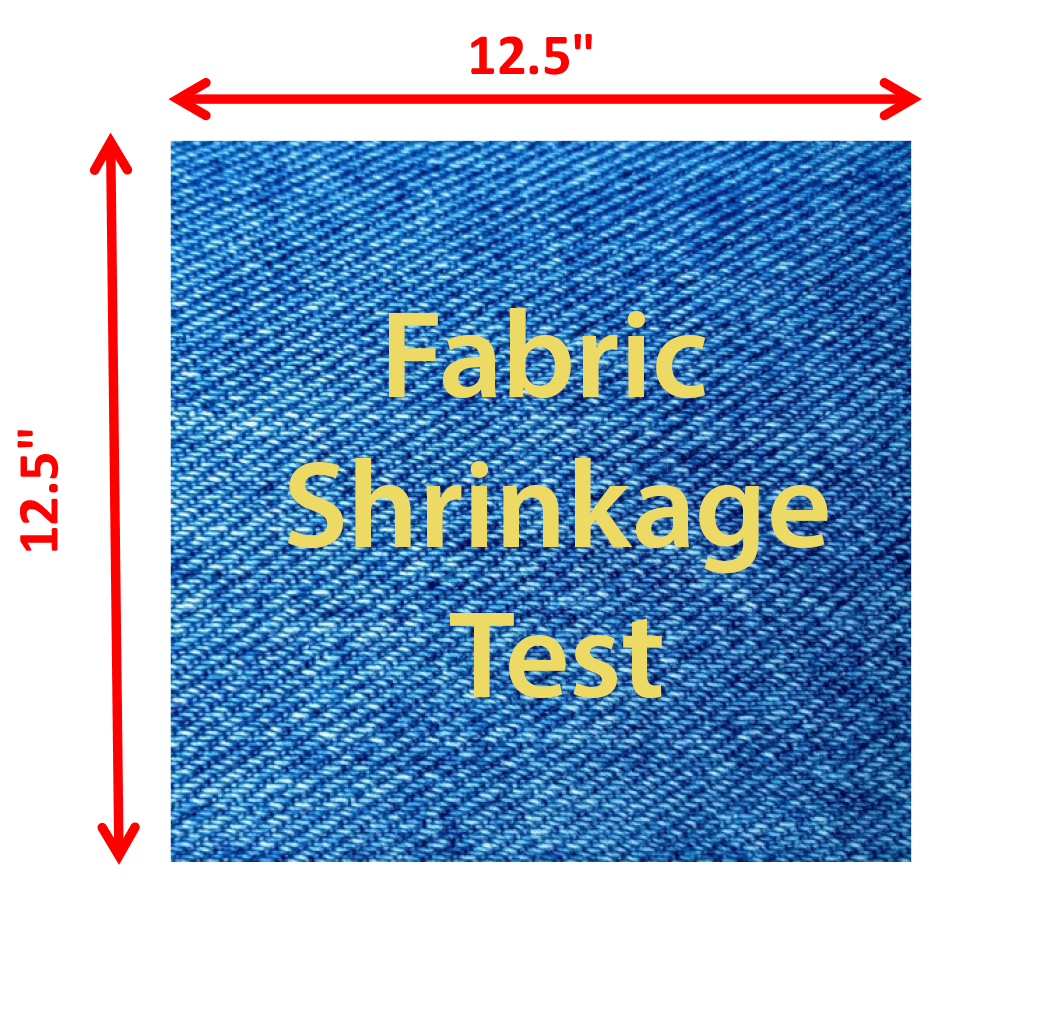
To check for shrinkage, wet a small section of the fabric and then dry it. Measure the area before and after drying to see if there has been any significant shrinkage.
- Printing
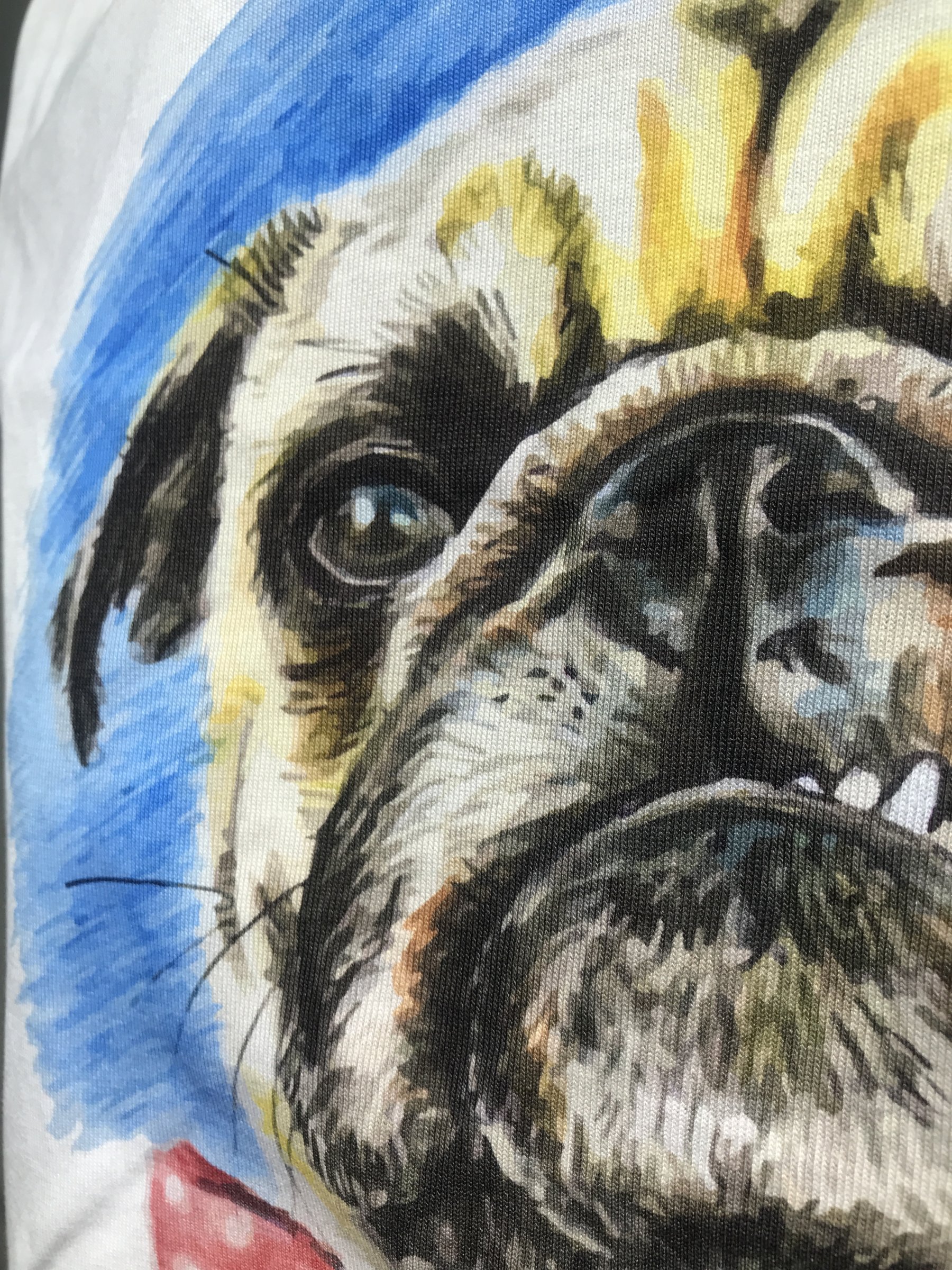
If the prototype includes any prints or embellishments, check to see if they are still intact after washing and drying.
Now that you have reviewed the prototype, it’s time to make any necessary adjustments to the pattern. Use the information you gathered during your review to make changes to the pattern so that it matches your vision for the garment.
Check the prototype against your BOM:
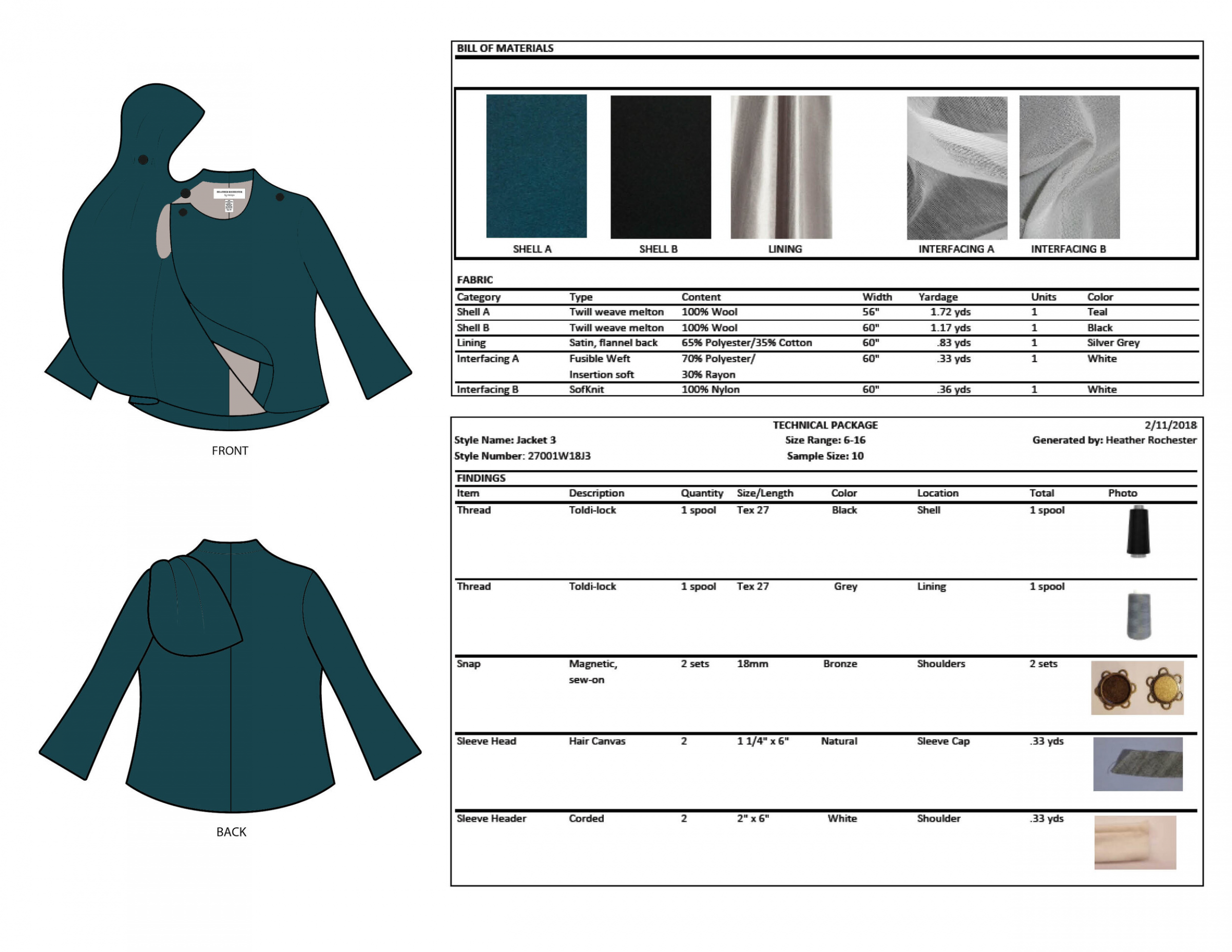
Check your new proto against your BOM and ensure all trims you asked for are included. You may not have all your final trims in your proto, and that’s ok, but you want to make sure nothing major is missing, and depending on where you are in the process, you may want to double-check that your next proto or samples will come in with the correct trims
Here are some key points to remember when checking your prototype against your bill of materials:
- Ensure that all the materials called for in the bill of materials are accounted for in the prototype.
- Check that the dimensions of the prototype match up with the bill of materials.
- Compare the finish on the prototype with the finish called for in the bill of materials.
- Make sure that any special features or treatments in the bill of materials are present on the prototype.
Once you’ve confirmed that your prototype fits your bill of materials, you can proceed confidently, knowing that your product is on schedule.
Measure the prototype of fashion:
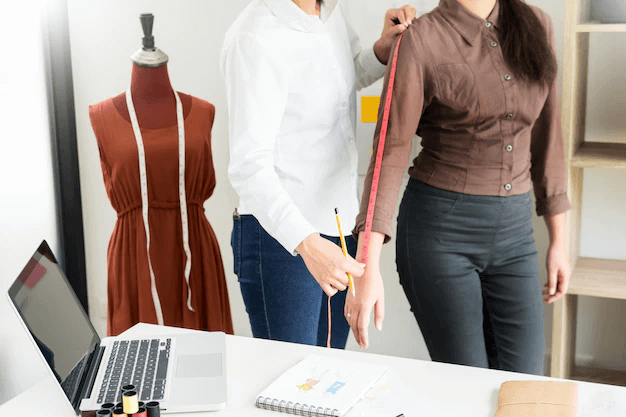
To ensure that your prototype is as accurate as possible, use the tech pack’s point of measure guide to measure it and identify any areas that are out of tolerance (too big or too little).
Normally, in the fashion industry, a prototype is within tolerance if it is within a half-inch of the desired measurement.
- For example, if your guide calls for a garment 24″ around the bust and your prototype measures 23.5″, that would be considered within tolerance.
- If your prototype measured 25″, that would be out of tolerance.
Once you have measured your prototype, compare it to the original measurements in your tech pack.
Suppose the prototype is within tolerance in all areas, congrats! You have successfully created a well-fitting garment.
If the prototype is not within tolerance in some areas, don’t worry. This is normal and to be expected.
You can now adjust the pattern to get the fit you want.
Fit the prototype:
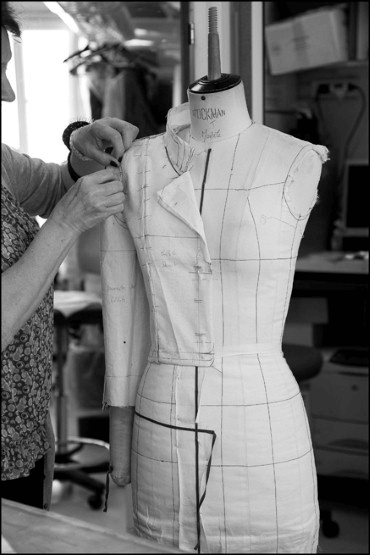
Examine the prototype against your brand’s fit model. Take notice of any concerns or parts where the measurements were too big or too little, and pay particular attention to any regions where the measurements were correct but undesirable.
Here is a checklist of things to look out for a while trying on the prototype:
- Areas that are too tight or restrictive
- Any gaping or looseness in the fit
- Proportions that are off (sleeves that are too long or short to the rest of the garment)
- Inseams that are too long or short
- Waistbands that are too tight or loose
- Hemlines that are too long or short
If you find any areas that need to be adjusted, make a note of them so you can change the pattern before cutting out your final garment.
Send your comments to your factory:
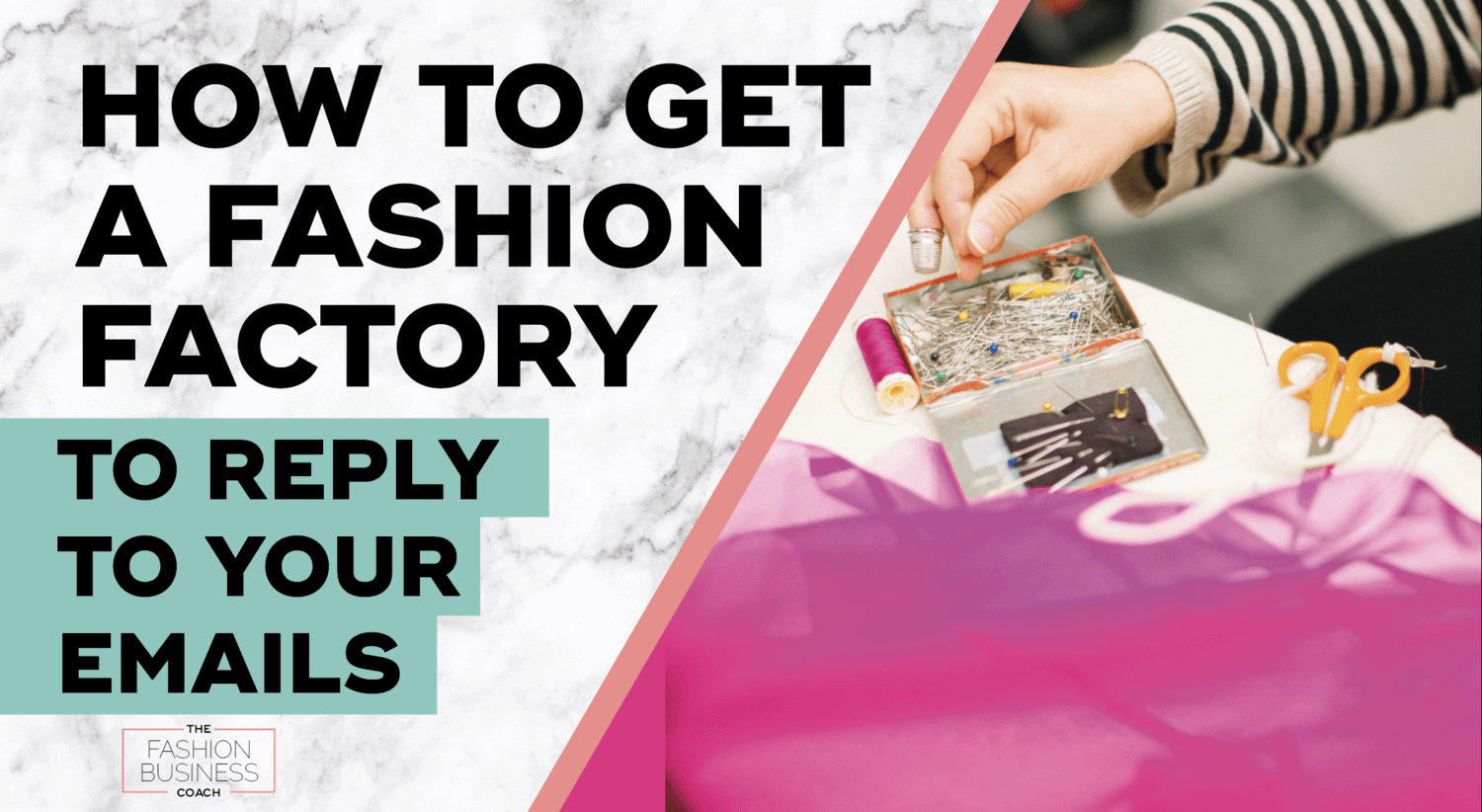
Create a prototype review page with your tech pack and document what you find. In addition, take pictures of the proto from the front, back, and sides.
For mass production, it is important to communicate your vision as clearly as possible to your factory so they can make the changes you want.
Be specific in your comments, and include any photos or sketches to help the factory understand what you are looking for.
I hope you have a better idea of how to review your clothing sample after reading this article. If you would like to know more information or any help is needed in clothing sample production, please feel free to contact us. For the past 20 years, we have been dedicated to the production of garments. Trust our services to help your brand succeed.
